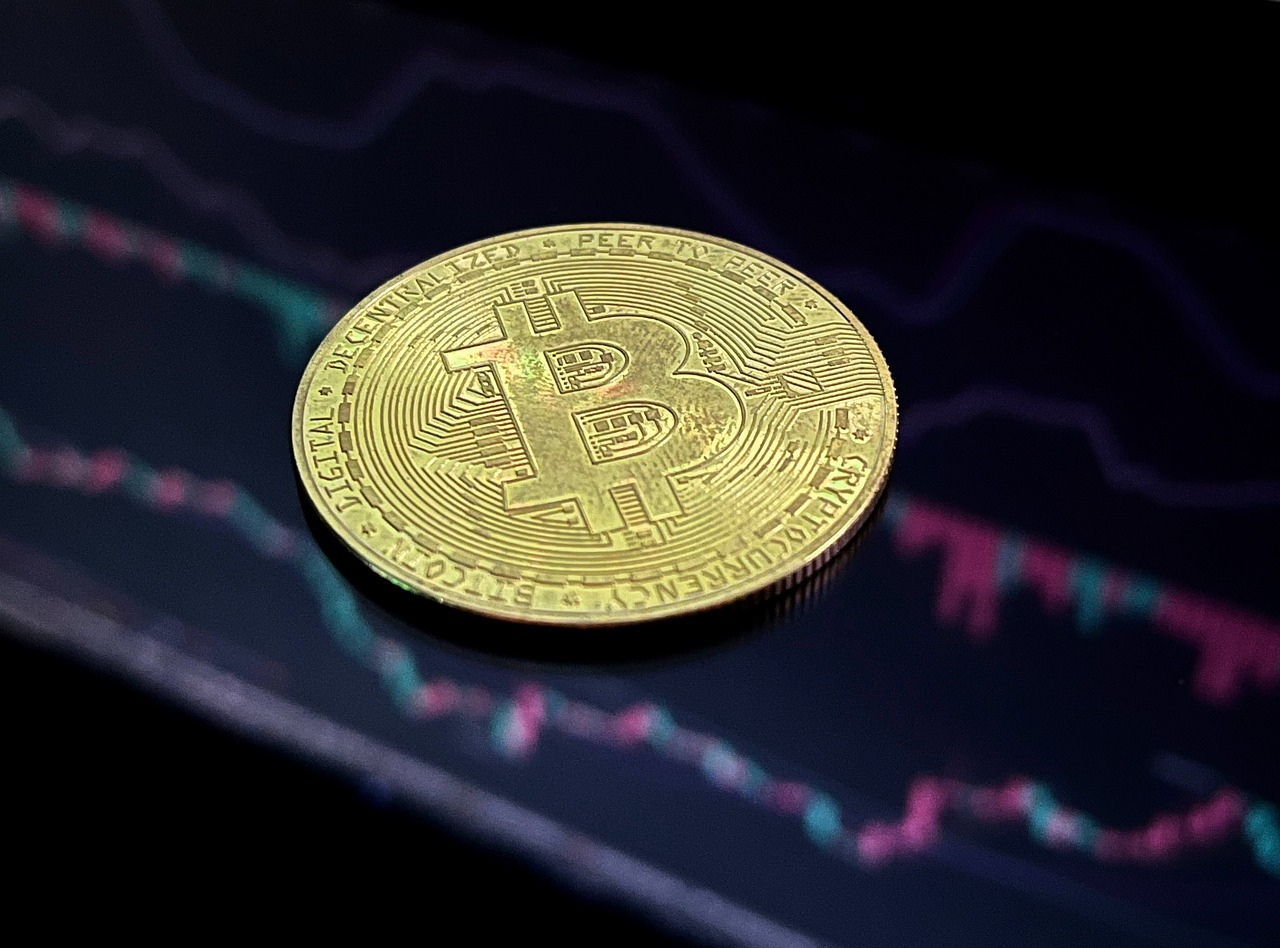*Sed ut perspiciatis unde omnis iste natus error sit voluptatem accusantium

Trading in cryptocurrencies and Forex (foreign exchange) markets both involve profiting from the fluctuations in currency values. However, these markets are distinct in many ways, from the types of assets traded to the volatility and risks involved. Let’s explore the primary differences between cryptocurrency and Forex trading to understand the unique opportunities and challenges each market presents.
1. Type of Assets Traded
- Forex Currencies: Forex trading involves traditional fiat currencies like the U.S. dollar (USD), euro (EUR), and Japanese yen (JPY). These currencies are backed by governments and central banks, making them stable in terms of value and supply. Forex pairs are classified into major pairs, minor pairs, and exotic pairs, with major pairs (e.g., EUR/USD, GBP/USD) being the most frequently traded and generally more stable.
- Cryptocurrencies: Cryptocurrencies, such as Bitcoin (BTC), Ethereum (ETH), and Ripple (XRP), are decentralized digital currencies that aren’t issued or backed by any central authority. Instead, they are often generated by blockchain technology through a process called mining. The decentralized nature of cryptocurrencies means that they rely heavily on demand and market sentiment, making them more volatile than fiat currencies.
2. Market Structure and Regulation
- Forex: The Forex market is highly regulated, with oversight from financial regulatory bodies such as the U.S. Commodity Futures Trading Commission (CFTC), the Financial Conduct Authority (FCA) in the UK, and others worldwide. These regulatory bodies ensure fair trading practices, protect investors, and enforce strict guidelines on brokers, offering a level of security for traders.
- Cryptocurrencies: Cryptocurrency markets are less regulated and, in some cases, are not regulated at all. Regulation varies widely by country, with some nations embracing cryptocurrencies while others impose restrictions or bans. This lack of consistent regulation can make the market vulnerable to manipulation and scams, so traders must exercise caution and conduct thorough research when choosing trading platforms.
3. Market Hours and Accessibility
- Forex: The Forex market operates 24 hours a day, five days a week, aligning with global trading sessions across major financial centers like New York, London, Tokyo, and Sydney. This round-the-clock availability is advantageous for traders who want consistent access during the week, though it closes on weekends.
- Cryptocurrencies: Cryptocurrency markets never close, operating 24/7 all year round. This continuous trading appeals to those who want the flexibility to trade anytime, including weekends. However, the non-stop nature of cryptocurrency markets can lead to sudden price movements at any time, creating both opportunities and risks for traders.
4. Volatility and Risk Factors
- Forex: Forex currencies are typically more stable due to government backing, established monetary policies, and market regulations. While Forex can be volatile, especially during major economic events, it is generally less volatile than the cryptocurrency market. Traders in Forex often use economic indicators, central bank policies, and geopolitical news to predict market movements.
- Cryptocurrencies: Cryptocurrency prices can be highly volatile, experiencing large swings within hours or even minutes. This volatility is driven by factors such as market sentiment, regulatory news, technological developments, and adoption rates. While high volatility can lead to substantial profits, it also increases the risk of significant losses. Additionally, cryptocurrencies are more susceptible to “whale” influence, where large holders of a coin can significantly impact the price by buying or selling in high volumes.
5. Leverage and Margin
- Forex: Forex brokers often provide leverage, allowing traders to control larger positions with a smaller amount of capital. Leverage ratios in Forex are usually capped by regulators, with typical ratios ranging from 30:1 for major pairs to 10:1 for minors and exotics. While leverage amplifies profit potential, it also increases the risk of losses, so risk management is essential in Forex trading.
- Cryptocurrencies: Cryptocurrency brokers and exchanges also offer leverage, but leverage ratios in crypto markets are often lower than in Forex and can vary significantly by platform and jurisdiction. Some crypto exchanges offer leverage up to 100:1, but these options come with high risk due to the extreme volatility of cryptocurrencies. Many crypto exchanges are unregulated, which increases the importance of exercising caution when trading with leverage.
6. Technical and Fundamental Analysis
- Forex: Forex traders rely on a mix of technical and fundamental analysis. Technical analysis involves chart patterns, trend lines, and indicators, while fundamental analysis in Forex focuses on economic data releases, central bank decisions, and political events. A country’s economic strength and stability influence its currency’s value, making fundamental analysis a core aspect of Forex trading.
- Cryptocurrencies: Technical analysis is also popular among crypto traders, but fundamental analysis in crypto is different. Since cryptocurrencies are not tied to national economies, fundamental factors include network upgrades, regulatory news, technological advances, and market adoption rates. Market sentiment on social media platforms and news coverage can also have a significant impact on crypto prices, leading to rapid price changes based on sentiment shifts.
Conclusion
While both Forex and cryptocurrency trading offer profit opportunities, they cater to different trader profiles. Forex markets are generally more stable, regulated, and predictable, with trading driven by macroeconomic factors. Cryptocurrencies, however, present a higher risk and reward due to their extreme volatility, unregulated nature, and susceptibility to market sentiment.
Traders in Forex markets often benefit from a structured, regulated environment with moderate volatility, making it suitable for those who prefer steady gains. Cryptocurrency trading, by contrast, appeals to risk-tolerant traders who can handle high volatility and are interested in the evolving digital finance landscape. Choosing between Forex and crypto trading ultimately depends on the trader’s risk tolerance, knowledge of market dynamics, and trading strategy.
Share :
